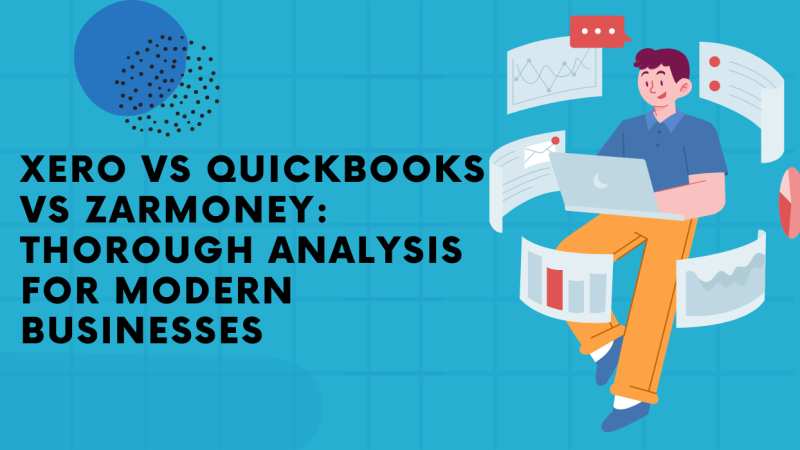What does a perfect business growth strategy look like?

Growing a business isn’t easy, but with the right business consultants like Chaoticmoney, it can become a lot less daunting. So, what does a perfect business growth strategy look like?
Truth be told, there’s no easy answer to this question, no magic pill to solve all strategy problems. There are, however, common elements to successful strategies. There are also proven methods to help you get it right.
Planning for growth
Using a proper process when planning your growth strategy can go a long way towards making it something great. Breaking down your planning into a series of steps helps make sure you give everything enough attention and don’t accidentally miss anything out.
Using tools helps inform that thinking. One such tried and tested strategic toolkit involves using SWOT to understand your business, Crisis Analysis to understand what could go wrong, and MOST Analysis to bring it together into one strategic plan.
It’s always a good idea to work with others when planning something this important. Involve your whole Board of Directors in the planning process. If there are areas of your business not represented on your Board, include senior staff from them instead.
Every aspect of a business comes with its own challenges and opportunities. No one can be an expert on all of them, so planning as a team gives all the parts their own voice. This means you’re less likely to miss something important.
If you’re great at marketing and sales, but not so much at finance, you could miss some crucial bottleneck in your financial department. Likewise you might not be aware of opportunities to grow that side of your business as efficiently.
Importance of strategic direction
An excellent growth strategy will be built on a strong strategic direction. What is it you really want for your business?
Dig deeper than simply to grow the business, and find something specific. A business’s mission should be something actionable, measurable and realistic. This mission is the foundation the rest of your strategy is built on.
How much do you want the business to grow and how long do you want to allow? Do you think this is realistic? A target you can see the progress of is much easier to work towards.
From this mission, you can then build the rest of your business plan. You can figure out what objectives need to be met to achieve your mission and then explore the options available to meet the objectives.
These options are the strategies you could go on to use. Exploring the options fully will present more strategies than you could reasonably try in one go. This is great though, as it means you have a ready reserve to swap out with as opportunities arise.
Inbuilt performance monitoring
If your mission should be measurable, it makes sense to plan into your growth strategy how you’ll measure it. A benefit of a strong mission is that you can make comparisons between the plan and reality then adjust as needed.
If you’re writing a 2 year business plan, schedule when you want to check on it. Half way through is a good rule of thumb, but the best separation depends on the details of the plan. The more complex your growth strategy, the more often you should review it.
Performing a strategic review allows you to check on the progress of each of your strategies towards their objectives. You can find ways to support something that’s falling behind or give more to something that’s racing ahead.
If you find that you aren’t growing as much as you thought you should, your strategic planning will have left you with a range of other options to try instead. By planning in your reviews you can give yourself the chance to try that other option before it’s too late.
A well built growth strategy is agile. Understanding why you’re trying the strategies you are and how they fit into the whole mission means you know what impact changes will make. Plans often encounter setbacks, but monitoring can help reduce their impact.
The key to creating the perfect business growth strategy for you is time. You shouldn’t rush into strategic planning, but come in backed by research and support.
So long as you consider your whole business and account for the gaps in your knowledge, you’re less likely to find any unpleasant surprises. When things do go wrong, your plan can be ready for them. So long as it’s thorough, your plan can do a lot for you.
If you think your business could benefit from expert support, consider adding a Strategy Director to your Board of Directors. A part-time Strategy Director can provide their expertise in growth strategy planning on a flexible basis. Get the support you need at a price better suiting a growing business’s budget.
Authors Bio:
 John Courtney is Founder and Chief Executive of BoardroomAdvisors.co which provides part-time Executive Directors (Commercial/Operations/Managing Directors), Non-Executive Directors and paid Mentors to SMEs without either a recruitment fee or a long term contract.
John Courtney is Founder and Chief Executive of BoardroomAdvisors.co which provides part-time Executive Directors (Commercial/Operations/Managing Directors), Non-Executive Directors and paid Mentors to SMEs without either a recruitment fee or a long term contract.
John is a serial entrepreneur, having founded 7 different businesses over a 40 year period, including a digital marketing agency, corporate finance and management consultancy. He has trained and worked as a strategy consultant, raised funding through Angels, VCs and crowd funding, and exited businesses via MBO, MBI and trade sale. He has been ranked #30 in CityAM’s list of UK Entrepreneurs.






